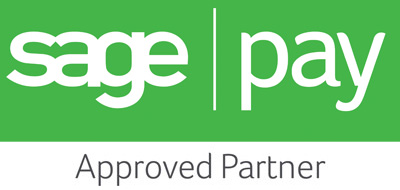Do You Want a Lack of Click
It sounds crazy – why would anyone put resources towards not getting clicks to their website through searches? It is crazy for some industries and market segments, but for others it makes sense to pursue a zero-click strategy alongside your main SEO (search engine optimisation) programme. A zero-click result is one that doesn't take the user through to your website to find the answer, but which delivers that information at the top of the SERP (search engines results page). These include featured snippets and visual representations of data that features on your website.
The idea behind returning search results in this way is to make it easier for Google's users to get the information they want quickly, and without having to scroll through a page of content to get the data they need. This has been driven by the rise of voice activated search – when you ask Alexa something you're after a piece of data like the weather forecast, cooking times for a chicken, or the age of a celebrity. You're not asking Alexa for a detailed comparison or detailed analysis – this is better served through a traditional search exercise.Mobile searches are very similar in this way, so if your target demographics are mobile and voice searchers then a zero-click strategy will work for you.
It must be stressed that a zero-click result does not translate into website traffic (although people may click through to read the rest of the content), but it can benefit your ranking in other ways, by increasing the perception of your company as expert, authoritative and trustworthy (the EAT acronym we explore in another blog piece). If you're looking to raise the profile of your site in any of these metrics then a zero-click campaign might be worth pursuing. It can also be worth the time investment if you are trying to increase your online presence.
A zero-click strategy should never replace your main SEO strategy, nor should it conflict with it. If your SEO strategy is performing well and you have some top ranking content, then you can consider trying to get featured in zero-click results. If you haven't achieved this yet, then leave zero-click for the future – trying to do both alongside each other can lead to a disjointed content strategy.
Once you have identified your top performing content, look carefully at how that information could be presented in an alternative format. Formats like graphs, succinct paragraphs, bullet pointed lists and videos all work well for zero-click results.Update your content to include some of these elements so that Google can pick out those snippets from content it already considers very highly.
If you haven't got content that performs really well (i.e. isn't on the first page) then look at the content you do have. Identify the pieces which work best (according to your own website statistics) then rework them along the same lines as above. Refreshing content helps Google see that you're actively adding useful information to your site, while you can also optimise it for a zero-click strategy at the same time, but as a secondary concern.
Whether a zero-click SEO strategy is right for you depends on your target audience. You should know your demographic inside out by now, so if you're not sure about zero-click, start by conducting some research and building user profiles for your target market. This exercise will inform every aspect of your product development, marketing, and sales and is worth refreshing yearly, or when seismic developments in your industry shift the way people are working.
